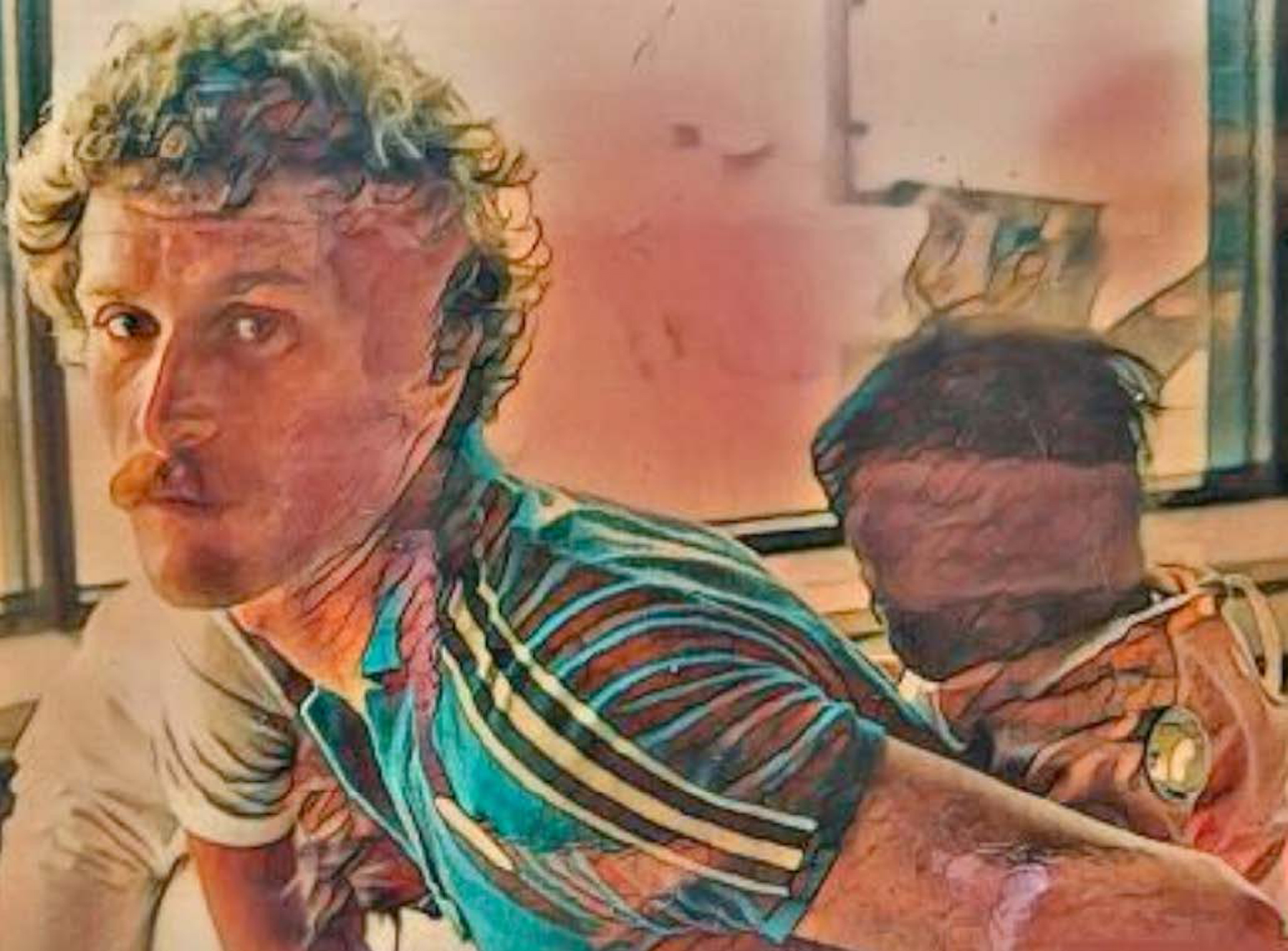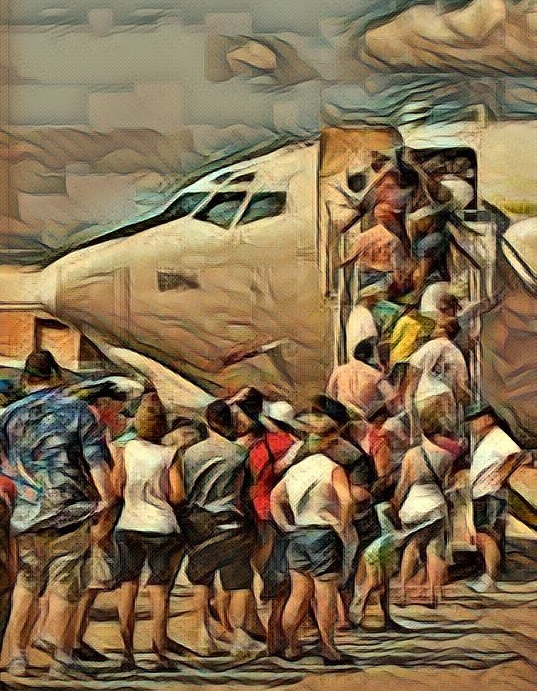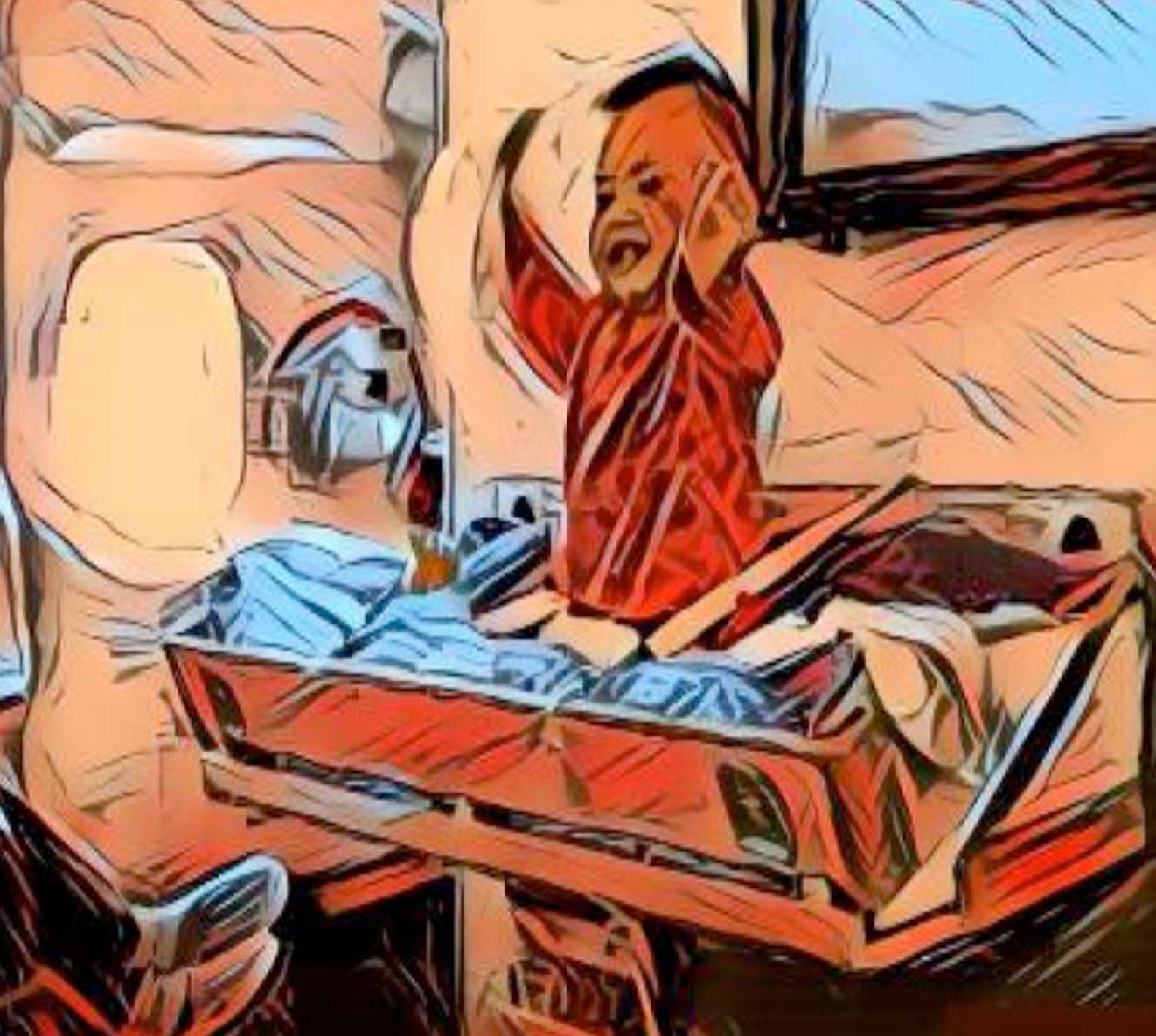Story and illustrations by Paul H. Karrer
Korea always hits close to home for me. It is eternally in the news – nuke-related, most recently. I lived and taught on the largest Island (Cheju). My wife is Korean, my daughter Korean-American. But while the country’s rulers often capture headlines, the orphans are not always that lucky. My wife and I have delivered orphans from South Korea to USA more than once.
The initial trigger for the exodus of orphans from Korea was the Korean War. (Well over 2 million Koreans died) First-wave orphans were most often mixed-race – leftovers from US soldiers and Korean women. Sometimes derisively known as Children from under the bridge.
Not surprisingly with that cultural attitude, mixed race children were looked down upon. And even many years later, adoptees returning to Korea and were referred to as Korea’s lost children. More often than not, Korea was neither ready to receive or recognizing them.

This attitude continued pretty much unchanged until the 1980s when the Korean government began to pay attention to the issue. It became a bit of a cultural embarrassment. (Korea didn’t want to be seen as a baby-exporting nation. Particularly when they hosted the Olympic games of 1988.) Therefore, a quota system for foreign adoptions was established in 1987. Accordingly, Korea reduced the number of children permitted for overseas adoption by 3 percent to 5 percent each year, from about 8,000 in 1987 to 2,057 in 1997.
Total foreign adoption elimination was to be the goal by 2015. However, restrictions were temporarily eliminated after the number of abandoned children surged during the 1998 economic collapse. (At that time, Baby Boxes were placed in front of hospitals and desperate mothers/families could abandon babies there.)

In 1997 Korea attempted to incentivize domestic adoptions through housing, medical and educational subsidies to Korean couples who adopted Korean orphans. However, due to the powerful paternal, biological bloodline social strictures this domestic goal never caught on. In general, Koreans do not want to adopt Korean orphans, because the adoptee would not be the blood relative. Korean patrilineal culture is the reason Korean society stigmatizes and discriminates against unwed Korean mothers and their kids, making it difficult if not impossible for unwed mothers to get a job or a husband later in life.
Much changed in 1991 with the Swedish film by Susanne Brink, Arirang – the life story of a Korean adoptee who grew up in Sweden. This film made South Koreans feel shame and guilt regarding the issue. Significantly, Korean President Kim Dae-Jung invited 29 adult Korean adoptees from 8 countries to a personal meeting in the Blue House (Korean White House) in October 1998. During this meeting he publicly apologized for South Korea’s inability to raise them.
After that, South Korean media rather frequently reports on the issues regarding international adoption. A few brave actors and actresses have very publicly adopted Korean children.
Since the Korean war, approximately two million or about 85 percent of the total orphans in South Korea have grown up in South Korean orphanages and have never been adopted. It is nearly impossible for them to attend colleges or universities.
Most overseas Korean adoptees have taken on the citizenship of their adoptive country and no longer have Korean passports, although a law is in the making to allow all Korean adoptees to have dual citizenship beginning in 2020.
It must have been exceptionally difficult for those foreign adoptees to begin a new life in their host country. What would their start be like? How would they even get from Korea to the new land? In many cases, they were hand-delivered.
My story The Baby Flight reveals the very first initial step in the process: the delivery of infant orphans to USA from Korea.
I had no idea what I was getting myself into.

Have something to say about this story? Send us a letter.